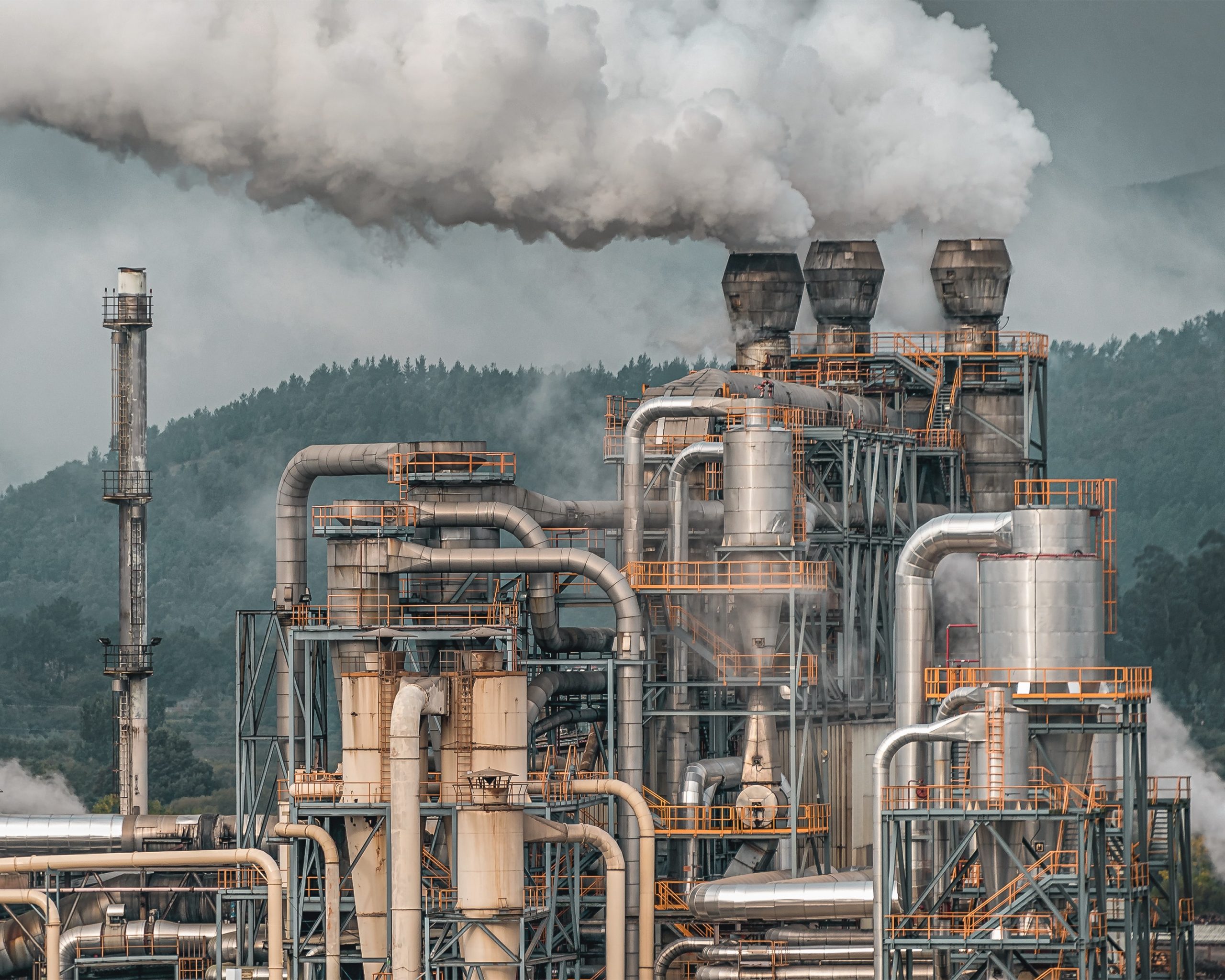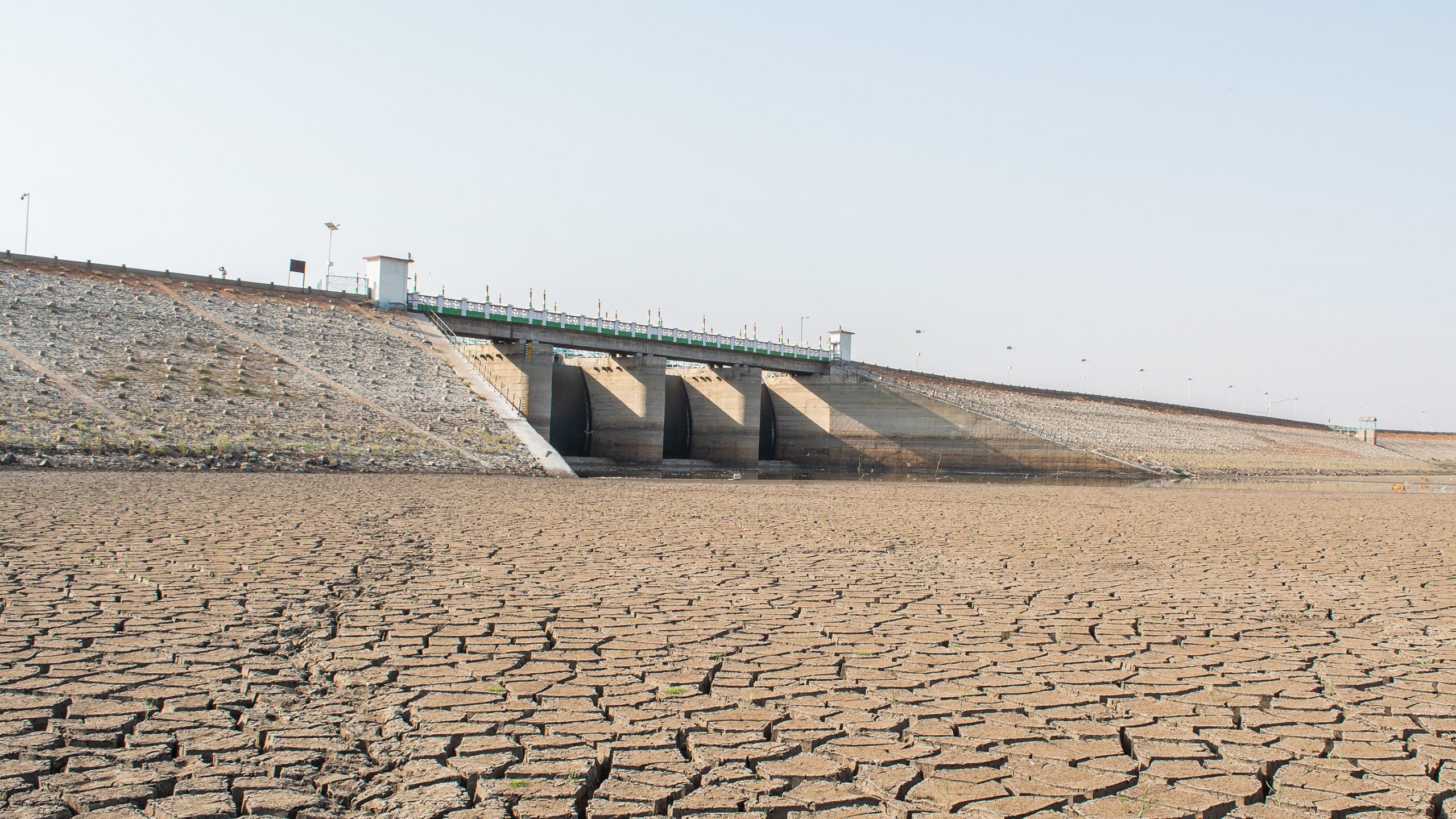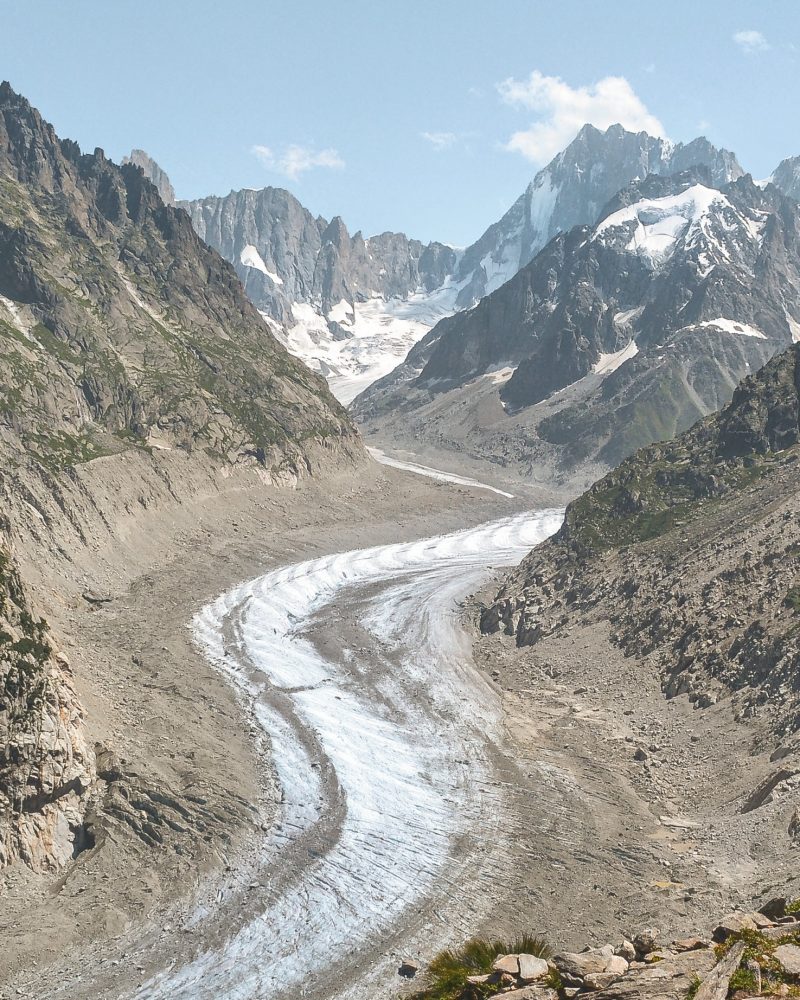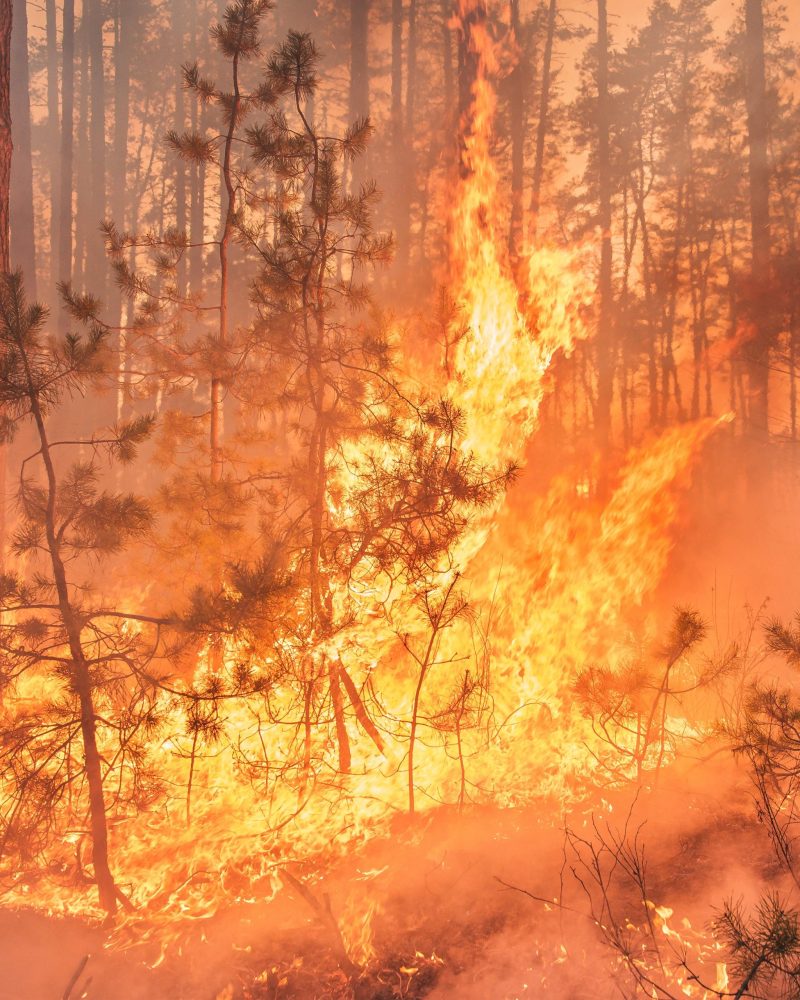Global average temperatures are higher now than at any time since records began, and will continue to rise over the coming decades. Rising temperatures are the chief driver of many of the most catastrophic effects of the climate crisis – and they can also be deadly to humans in their own right.
In August 2021, the IPCC published its most recent report on the Physical Science Basis for Climate Change, representing the global scientific consensus. The report stated that global surface temperature was, on average, 1.09 degrees higher in the last decade (2011-2020) than it was between 1850-1900, before large-scale greenhouse gas emissions started having an effect. It also stated that “each of the last four decades has been successively warmer than any decade that preceded it since 1850”.
It is unequivocal that human influence has warmed the atmosphere, ocean and land.
IPCC Report
Physical Basis for Climate Change 2021
Humans are the cause
These rapid temperature rises are the result of increases in the concentrations of greenhouse gases in the atmosphere since about 1750. These increases, the IPCC report says “are unequivocally caused by human activities”. Having reconstructed temperatures from before human observations started, the scientists behind the report can state that our current level of warming is unprecedented in 2,000 years.

Tree rings, ice sheets, and sediments on the ocean floor reveal how our planet’s temperature and ice cover have changed over the course of hundreds of thousands of years.
Program Director, MIT Environmental Solutions Initiative
Reconstructing historic global temperatures might sound complicated, but it’s actually a well-established science. Researchers use a variety of methods, including drilling boreholes, studying the records preserved in rocks, tree rings, shells and microfossils and analysing the composition of ancient snow preserved in the ice sheets in Greenland and Antarctica. They cross-reference these with each other to establish a “paleoclimatic record”, allowing us to compare today’s temperatures with those of previous eras.
Is human activity solely responsible?
Almost entirely, yes. Natural fluctuations in greenhouse gas concentrations and global temperatures do happen, but over the course of millenia, not hundreds of years. Since 1750, the concentration of carbon dioxide in the atmosphere has increased by 47 percent, and the concentration of methane by 156 percent. This “far exceeds” the pace of change seen at any point over the past 800,000 years. The most recent IPCC report says that natural drivers might have changed global surface temperature by between minus 0.1 and 0.1 degrees since 1900 – a negligible amount given the overall temperature rise.


Our planet is now hotter than at any time in recorded history
Our planet is now hotter than at any time in recorded history
The rapid increase in global average temperatures is the root cause of many of the other catastrophic impacts of climate change – from the increased frequency of droughts, hurricanes and wildfires, to the melting of glaciers and ice sheets, to the rises in global sea levels. But rising temperatures are also deadly in their own right.
Excess deaths from heat waves is already a concern. The 2003 heat wave in Europe is estimated to have killed around 70,000 people, for example, and it’s estimated that over 1,000 people died in the Western United States and Canada as a direct result of the high temperatures in June and July 2021. As mean temperatures climb, such heat waves will become more common.

Heat alone is enough to kill people
“Wet bulb temperature” (WBT) is a measurement that takes into account the cooling effect of evaporation. When the WBT reaches 35 degrees C, the human body can no longer cool itself down by sweating. Even if you’re sitting in the shade with unlimited water to drink, you’ll die of overheating within a matter of hours if the WBT is 35 degrees or higher.
It’s predicted that by later this century, wet bulb temperatures of more than 35 degrees will become common in certain areas of the world, including the Persian Gulf, rendering outdoor work impossible, and making many regions all-but uninhabitable.
Increased environmental heat levels present a major challenge to the health, wellbeing and sustainability of human communities.
Estimating population heat exposure and impacts on working people in conjunction with climate change

Rising temperatures will cause more frequent heatwaves, & more deaths from overheating
Rising temperatures will cause more frequent heatwaves, & more deaths from overheating






